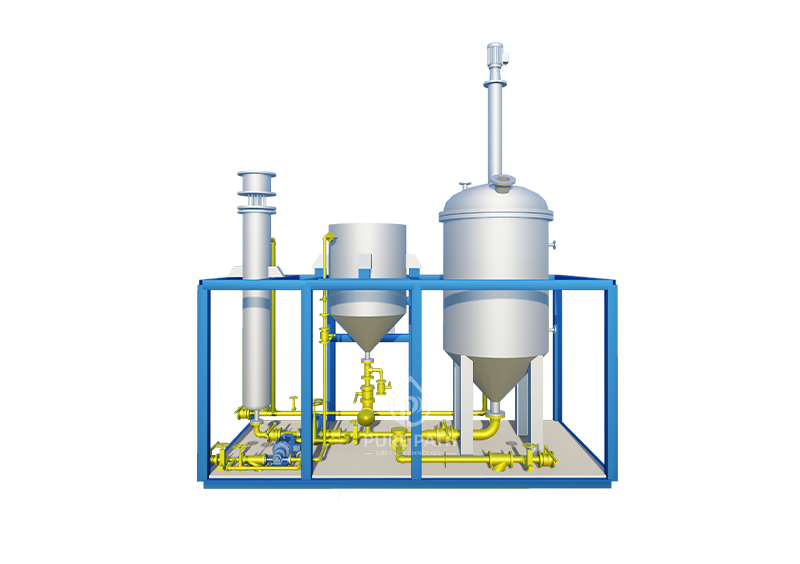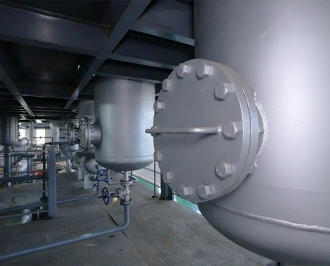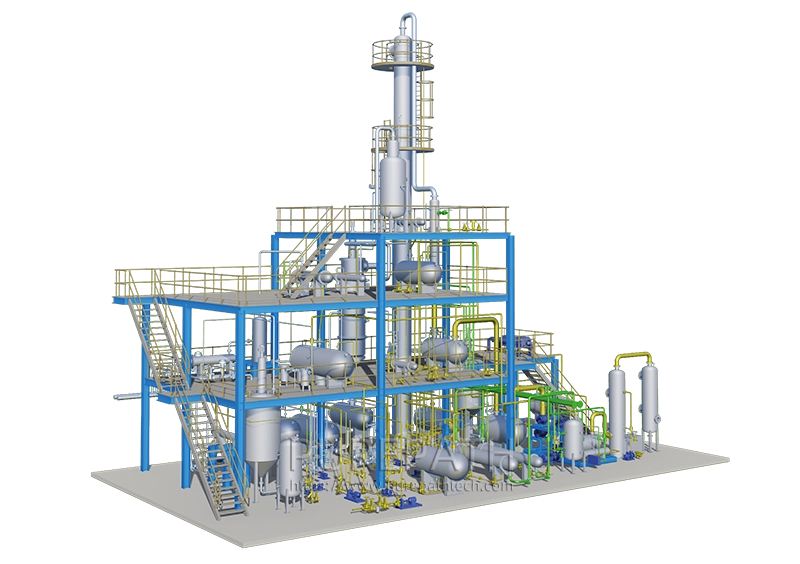Environmental Benefits of Recycling Used Lubricating Oil
Used lubricating oil is a seemingly insignificant byproduct of car maintenance, and poses a significant threat to the environment if not disposed of properly. Fortunately, used oil recycling offers a sustainable solution, transforming this waste into a valuable resource. This article explores the environmental benefits of recycling used oil, delves into the process itself, and highlights the importance of dedicated recycling facilities.
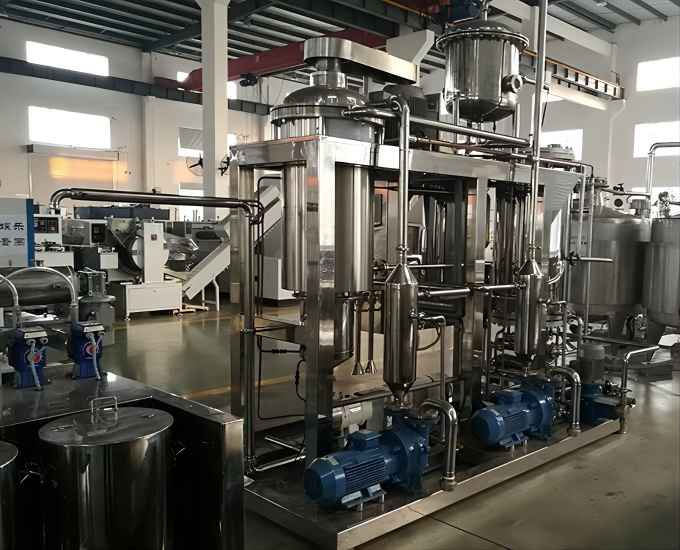
Used Lube Oil Recycling Process
The used lube oil recycling process, also known as re-refining, is a multi-stage operation that transforms used oil into a valuable resource. Here’s a closer look at each step involved:
1. Collection:
- Drop-off Points: The journey starts with convenient collection points. These can be located at auto repair shops, quick lube facilities, or designated recycling centers. Individuals can easily bring their used oil in sealed containers for proper disposal.
- Transportation: Specialized transportation companies pick up the used oil from collection points. These trucks are equipped with leak-proof containers and follow strict regulations to ensure safe transport to the recycling facility.
2. Pre-treatment:
- Settling: The collected oil is stored in large tanks. Over time, heavier contaminants like dirt and metal shavings settle at the bottom due to gravity. These can then be removed for proper disposal.
- Filtration: The oil is passed through filters of varying sizes to remove smaller contaminants like dust and fibers. This filtration process helps clean the oil and prepare it for the next stage.
- Centrifugation: This technique uses high-speed rotation to separate liquids with different densities. In the case of used oil, centrifugation helps remove water, which often mixes with the oil during use.
3. Distillation:
- Distillation Unit: The heart of the re-refining process is the distillation unit. Here, the pre-treated oil is subjected to high temperatures (around 700°F or 370°C) under a vacuum.
- Separation: Due to the difference in boiling points, the various components of the oil begin to vaporize at different temperatures. The valuable base oil, having a higher boiling point, remains as a liquid residue, while lighter contaminants like water and fuel components evaporate first.
- Condensation: The evaporated contaminants are condensed into separate containers for further processing or disposal.
4. Purification:
- Chemical Treatment: The base oil obtained from distillation still contains some impurities. Chemical treatments are employed to remove these impurities, such as using acids to neutralize contaminants or clays to absorb them.
- Hydrotreatment: In some facilities, a process called hydrotreatment may be used. Here, hydrogen gas is introduced at high pressure and temperature in the presence of a catalyst. This helps remove sulfur and oxygen-based contaminants from the base oil, further enhancing its quality.
5. Blending:
- Tailored Products: The re-refined base oil may not be ready for use as is. Depending on the intended application, specific additives are blended with the base oil to create various lubricating products. These additives can enhance properties like viscosity, anti-wear protection, and oxidation resistance.
- Quality Control: The final product undergoes rigorous testing to ensure it meets the required specifications for performance and safety. These tests measure properties like viscosity, flash point, and wear protection.
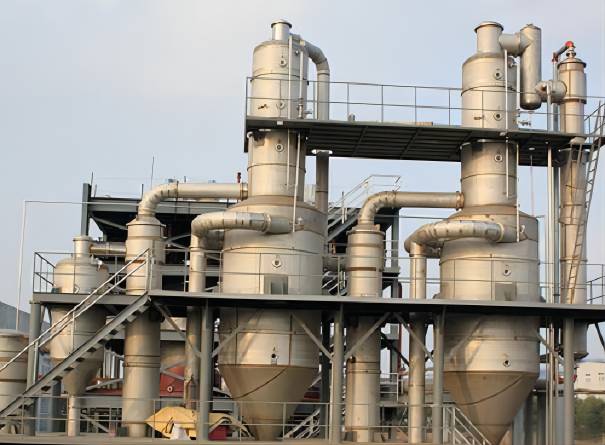
Environmental Benefits of Waste Lube Oil Recycling
Recycling used lubricating oil offers a multitude of environmental benefits, impacting various aspects of our planet’s health. Let’s delve deeper into these advantages:
1. Preventing Pollution:
- Soil Contamination: Used oil, if poured onto the ground or disposed of improperly, can seep into the soil. This oil can coat soil particles, preventing air and water from reaching plant roots, hindering plant growth. It can also harm beneficial soil organisms like earthworms and bacteria vital for soil health.
- Water Contamination: Used oil can find its way into waterways through storm drains or improper disposal practices. This oil can form a film on the water surface, blocking sunlight and oxygen crucial for aquatic life. It can also coat the gills of fish and other aquatic animals, hindering their ability to breathe and survive. Additionally, oil contamination can make drinking water unsafe for human consumption.
2. Conserving Resources and Reducing Energy Consumption:
- Reduced Reliance on Virgin Oil: Recycling used oil allows us to recover the valuable base oil component. This reduces the need to extract virgin oil from crude sources. Crude oil extraction is a complex and environmentally damaging process involving drilling, transportation, and refining. By relying more on recycled oil, we can minimize the environmental impact associated with virgin oil production.
- Energy Savings: Re-refining used oil requires significantly less energy compared to refining virgin oil from scratch. This translates to a lower carbon footprint and reduced reliance on non-renewable energy sources.
3. Curbing Greenhouse Gas Emissions:
- Reduced Emissions from Extraction and Transportation: Crude oil extraction and transportation involve the use of heavy machinery and vehicles, which contribute significantly to greenhouse gas emissions. By relying less on virgin oil, we can reduce emissions associated with these activities.
- Lower Emissions from Refining: Virgin oil refining is an energy-intensive process, generating greenhouse gases like carbon dioxide. Re-refining used oil has a lower energy requirement, resulting in fewer greenhouse gas emissions.
4. Promoting a Circular Economy:
- Minimizing Waste Generation: Traditional disposal of used oil adds to the ever-growing waste stream. Recycling diverts used oil from landfills, minimizing waste generation and promoting resource efficiency.
- Maximizing Resource Utilization: Used oil recycling allows us to extract value from a waste product. The base oil is recovered and used again, minimizing the need for virgin oil extraction and promoting a closed-loop system.
Studies estimate that recycling a gallon of used oil can save up to a gallon of virgin oil and prevent the release of harmful pollutants into the environment. On a larger scale, widespread used oil recycling programs can significantly reduce greenhouse gas emissions and contribute to a cleaner, healthier planet.
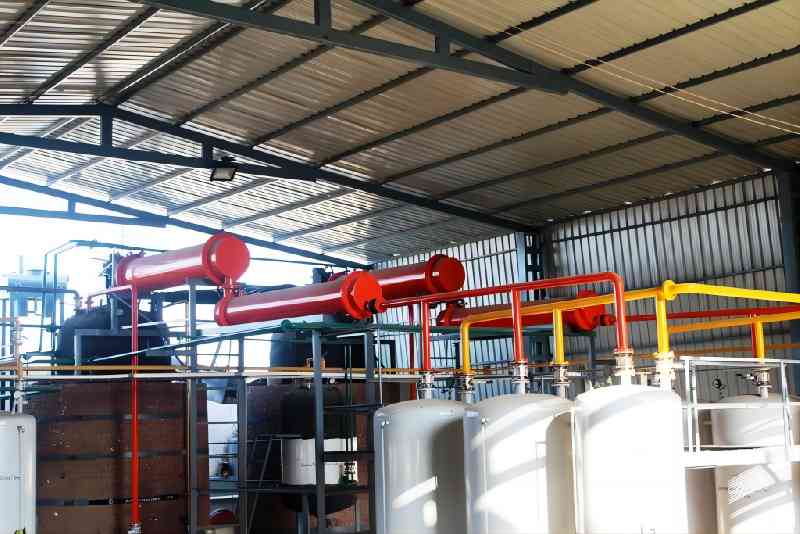
The Necessity of Using Used Lubricant Oil Recycling Plant
Dedicated used lubricant oil recycling plants are the backbone of this environmentally friendly process. These facilities are equipped with specialized equipment and expertise to handle, process, and re-refine used oil efficiently and safely. Their absence can lead to improper disposal practices, jeopardizing environmental health.
Conclusion
Recycling of used lubricating oil offers a win-win situation. It not only provides a valuable second life to a potential pollutant but also contributes significantly to environmental protection. By supporting used oil recycling programs and utilizing dedicated recycling facilities, we can collectively reduce our environmental footprint and pave the way for a more sustainable future.


